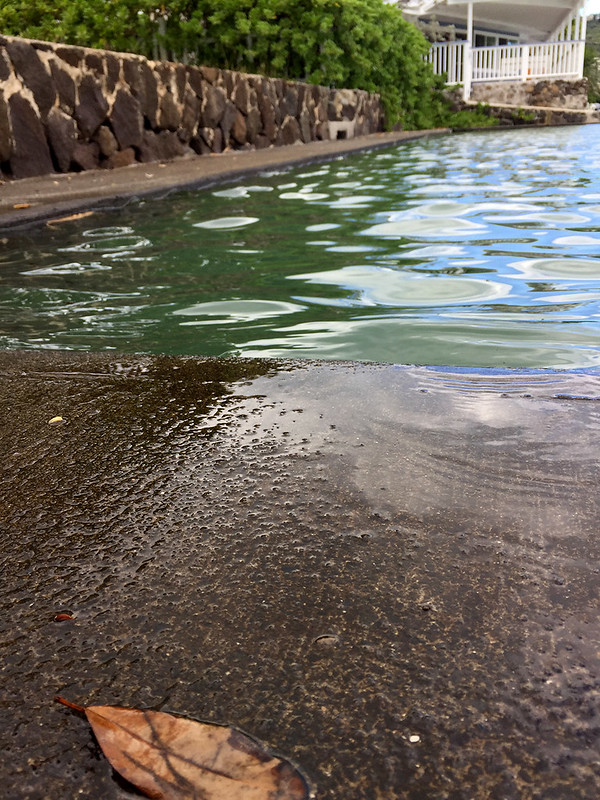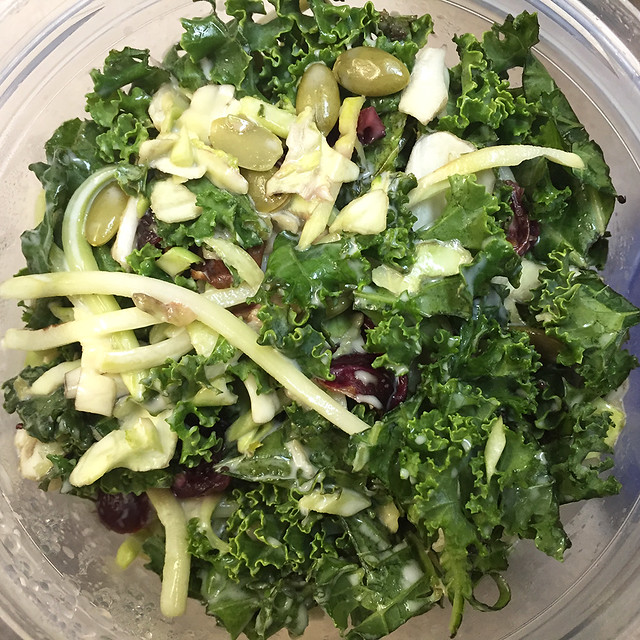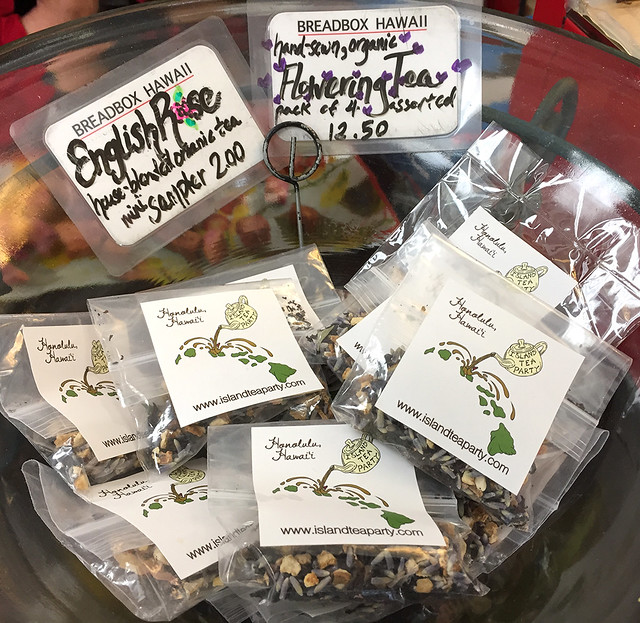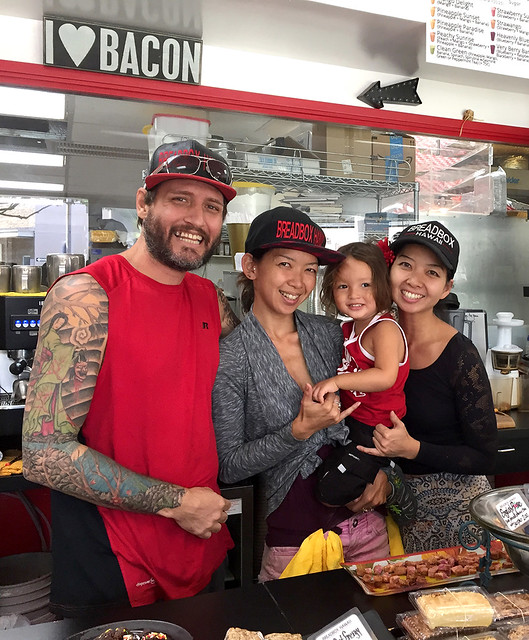My friend Harri sent me this in an email. Thanks Harri!
Some of these words are actual Japanese words – but kinda slang in the way we use(d) them.
benjo = bathroom or toilet. “I come back, I going benjo“.
bocha = bath or bathe. “I going bocha now!”
Habuteru or habut = pouty or grumpy. “Eh, how come your kid stay so quiet? She usually talk, talk, talk”. “She stay all habuts because I told her we not going Castle Park after”.
Bobora – This is a tricky one. We grew up calling the Japanese tourist boboras – back in the day when they had daikon legs (yet another one!) and wore slippers with the big plastic flower on them. But our parents referred to pumpkin as bobora. But go to Japan and ask for bobora and I don’t know what you’ll get – besides a funny look.
Skosh = Little bit. “I’ll just have a skosh“. Now, this word is derived from the actual Japanese word “sukoshi” which means little bit – usually as in measurement. The weird part is that this slang has been picked up by the English language. It’s even in the Webster dictionary meaning a small amount.
Kukai = doo-doo. “Aww man! I went step in dog kukai“.
Butsu-butsu = a small sore. “I got a butsu-butsu on my leg”.
Kakio = many sores. “Poor thing, she get all kakio leg”.
Shibiri = pins and needles such as when your leg falls asleep. “Aiya, I get shibiri leg”.
Totan = corrugated metal. “That house get totan roof – noisy when it rains!”.
Kamaboko House = Quonset hut. “Wow, check out that kamaboko house“.
Hanabata = wet, slimy boogers. “Eh, your hanabata is about to drip”.
Hanakuso = dried, hard boogers. “Stop flicking your hanakuso!”.
Hold chochin = When someone tags along with a couple who are on a date. “So what, you going hold chochin for them?” Chochin is a lantern. Way back in the day, a person would walk behind someone holding up a lantern on a long pole over the person’s head to give them light.
Buddhahead and Kotonk = Interesting story about these 2 slang words. We refer to a kotonk as a Japanese person born on the mainland. However, when I was looking up the origin of Buddhahead, found out that the 442nd Regimental Combat Team was made up of Japanese Americans (JA’s) from both the mainland and Hawaii. Well, the Hawaii JA’s called the mainland ones Katonks. So the mainland JA’s called the Hawaii ones Buddhaheads. The word Buddhahead may have started out at “butahead” (pig-head) but somehow evolved into Buddhahead. This, being the Nisei generation.
I think our generation considers a Buddhahead as an old-fashioned Japanese man who expects the wife to wait on him hand and foot. The Buddhahead will sit at the table and wait for all the food to be served to him. When he wants more rice, he’ll just tap his chawan with his hashi to let his wife know that he wants more rice. The same goes for wanting more tea. And when he’s done, he’ll just get up and walk away from the table – while the wife cleans up after him. Other similar names for this kine of person is “Samurai” or “Shogun”.





























































